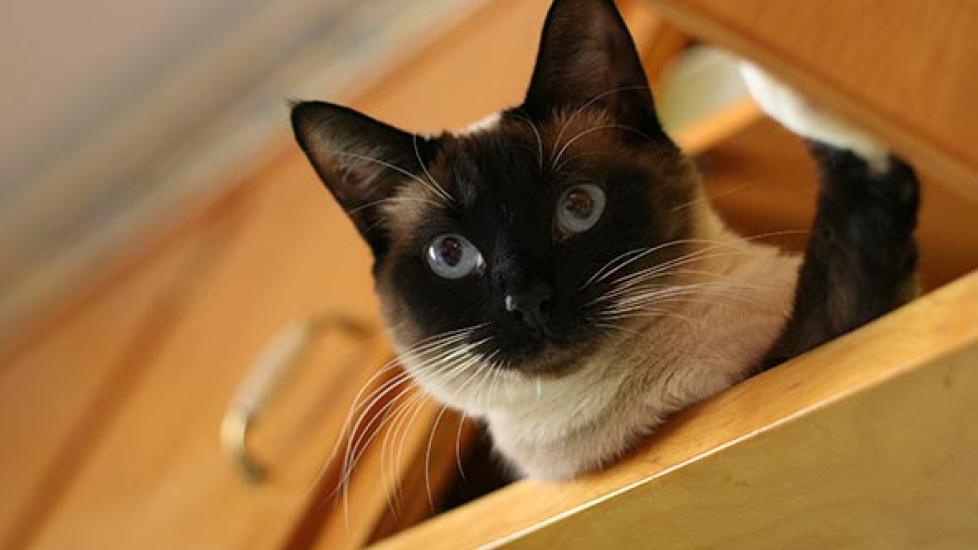For centuries, essential oils have been celebrated for their therapeutic benefits, from soothing stress to supporting overall wellness. They are natural extracts from plants, flowers, and herbs, often used in aromatherapy, skincare, and household cleaning. While humans have embraced essential oils in daily life, pet owners face an important question: Are essential oils safe for cats?
Cats, unlike humans and even dogs, have unique biological sensitivities. Their livers lack certain enzymes that help break down and metabolize compounds found in essential oils. This means that while some oils may be safe and beneficial in diluted forms, others can pose serious health risks.
When it comes to creating a calming and pleasant environment at home, essential oils can be a great addition. However, as a cat owner, it’s crucial to understand which oils are safe for your feline friends. In this blog, Kanha Nature Oils we’ll explore cat-friendly essential oils, their benefits, and how to use them safely.
What Are Essential Oils?
Essential oils are concentrated plant extracts that capture the natural fragrance and therapeutic properties of plants. They are often used in aromatherapy, massage, and natural cleaning products. While many oils can promote relaxation and well-being in humans, some can be toxic to cats.
Why Choose Cat-Friendly Essential Oils?
Cats have a unique physiology compared to humans and other pets. Their livers lack certain enzymes that help metabolize specific compounds found in many essential oils. Therefore, it’s important to choose oils that are safe for cats to avoid any potential health risks.
In addition to cat-friendly essential oils, it’s essential to consider essential oils safe for dogs and cats, ensuring a harmonious environment for all your pets.
Top 4 Cat-Friendly Essential Oils
1. Lavender Oil
– Benefits: Known for its calming properties, lavender oil can help reduce anxiety and promote relaxation in both humans and cats.
– Usage: Diffuse in a well-ventilated area, but avoid direct contact with your cat.
2. Cedarwood Oil
– Benefits: This oil has natural insect-repelling properties and can help create a soothing atmosphere.
– Usage: Use in small amounts in diffusers; avoid applying directly to your cat.
3. Chamomile Oil
– Benefits: Chamomile is known for its calming effects and can help with digestive issues.
– Usage: Use diluted in a diffuser; ensure your cat has the option to leave the area.
4. Frankincense Oil
– Benefits: This oil is often used for its anti-inflammatory and immune-boosting properties.
– Usage: Diffuse lightly, ensuring your cat can exit the room if needed.
Safe Ways to Use Essential Oils Around Cats

If you want to incorporate essential oils into your home without risking your cat’s safety, here are some practical tips:
1. Dilution is Key
Always dilute essential oils heavily before use. For cats, a safe dilution ratio is typically 1 drop of essential oil to 50 drops of carrier oil (or even more diluted).
2. Diffusion Practices
Use a diffuser only in well-ventilated rooms.
Allow your cat to leave the space if they wish.
Limit diffusion to 15–20 minutes at a time.
3. Topical Use
Avoid direct application of essential oils to your cat’s skin unless guided by a veterinarian. Cats are sensitive, and their skin can absorb oils rapidly.
4. Household Cleaning
If you use essential oils in cleaning sprays, rinse surfaces thoroughly before allowing your cat to walk on them. Cats often lick their paws and can ingest residues.
5. Observation and Veterinary Guidance
Always watch for signs of distress such as coughing, sneezing, drooling, lethargy, or lack of coordination. If these occur, stop use immediately and consult a veterinarian.
Alternatives to Essential Oils for Cats
If you are hesitant about using essential oils, there are safe, natural alternatives that can promote a healthy environment for your cat:
Hydrosols (floral waters): These are much less concentrated than essential oils and often safer for pets.
Herbal remedies: Catnip, silver vine, and valerian root can naturally calm or entertain cats.
Air purifiers and plants: Instead of using essential oils for air freshening, consider pet-safe indoor plants or HEPA air filters.
Signs of Essential Oil Toxicity in Cats
It’s important to recognize the symptoms of essential oil poisoning in cats. Common signs include:
Drooling
Vomiting
Lethargy or weakness
Tremors or seizures
Difficulty walking (ataxia)
Difficulty breathing
Collapse
If you suspect your cat has been exposed to a toxic essential oil, seek veterinary attention immediately.
ESSENTIAL OILS IN AROMATHERAPY
Conclusion
Essential oils can be a wonderful addition to a holistic lifestyle, but when cats are part of your family, safety comes first. While oils like lavender, frankincense, and chamomile can sometimes be used safely in diluted, controlled ways, many others pose serious risks.
The key is knowledge and moderation. Always dilute oils, diffuse in well-ventilated spaces, and watch your cat’s behavior closely. When in doubt, consult a holistic veterinarian before introducing essential oils into your pet’s environment.
Cats bring peace, comfort, and joy to our lives, and with the right precautions, we can ensure that our wellness routines benefit—not endanger—them. By making informed choices, you can enjoy the therapeutic benefits of essential oils while keeping your feline companions safe and happy.
You May Also Like:
- how to use almond for skin whitening Naturally at Home
- How Oregano Oil Benefits Can Support Natural Healing
- Clove Oil for Toothache—Benefits & How to Use?
Kanha Nature Oils
For more information contact: info@aromatherapyoil.in
Mobile Number: 9810805866
.png)






.png)



No comments:
Post a Comment